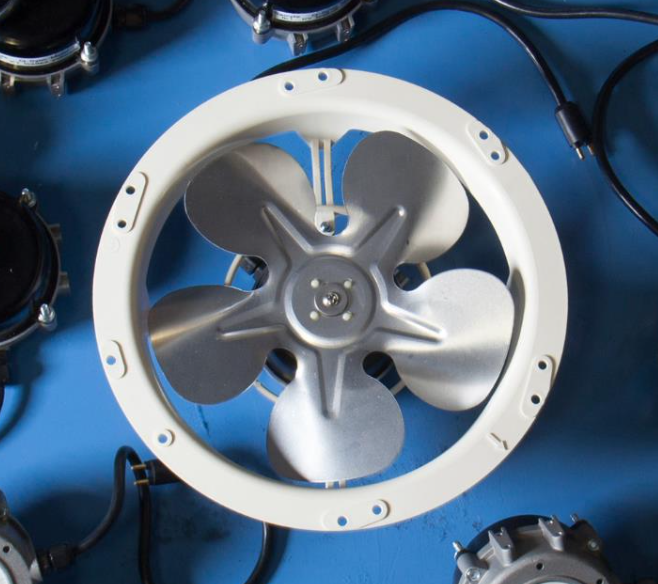Project Info
COMPLETE
 Project Title
Project Title
 Project Title
Project Title
Permanent Magnet Synchronous Fan Motors SFP
Project Number ET17SCE8020 Organization SCE End-use Process Loads Sector Commercial Project Year(s) 2017 - 2019Description
The motor technology examined in this study is an evaporator fan that uses a permanent magnet, synchronous AC motor (PMSM) with a new control design. These motors are inherently more energy efficient than all of the previously discussed motor technologies due to a number of design improvements. First, energy savings are realized through the use of permanent magnets which reduce the power necessary to operate the motor. Similar to ECMs, the use of permanent magnets eliminates the need for magnetizing current and shaft brush. However, unlike an ECM this new synchronous motor runs off existing AC current without the need to rectify the current to DC. The elimination of the rectifying electronics realizes further energy efficiency improvement. The elimination of the electronics also decreases the motor complexity while increasing the reliability and service life of the motor. Implementation of these PMSM fans has been shown to increase fan efficiency to 73%, thereby reducing both the direct energy use of the fans and the thermal load on the refrigeration system.
Project Report Document
Loading PDF Preview...
